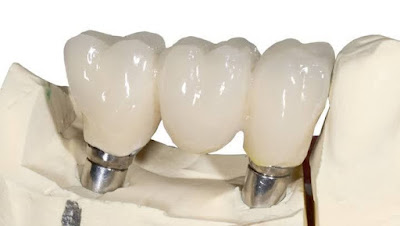What are Bioceramics: Bioceramics are a class of advanced ceramics that are defined as ceramic products or components employed in medical and dental applications, mainly as implants and replacements. Bioceramics are not new to mankind and can be classified on the basis of their origin, composition, crystallinity, and type of tissue response associated with them.
Because of the positive interactions of bioceramics with human tissues, bioceramics can be utilized in numerous biomedical applications. Common bioceramics are alumina, zirconia and a form of calcium phosphate.
What are Bioceramics and it's importance
Bioceramics play a pivotal role in the regeneration of bone. It adds value to the well being of human species. Many classes of bioceramics are available for orthopedic application. The choice of the bioceramics depends on the nature of the defects to be repaired.
Bioceramic industry evolves rapidly to optimize their synthesis with desirable properties. The mechanical property of bioceramics is engineered to suit different application like reinforcing material, cements, implants, etc.
Resorbable bioceramics has immense potential in transforming tissue engineering. They serve as a scaffold and permits the regeneration of bone as a part of normal tissue repair mechanism. No surgery is required to remove the bioceramics.
The degraded products are also nontoxic. The fabrication of implants with nanoscale bioceramics has revolutionized their utilization in orthopedic surgery. The changing feature in orthopedic application is the optimization of mechanical properties to suit load-bearing implants.
The longevity of bioceramics is up to a maximum of 15 years. In future, research may be directed to increase the life of implant inside the living system.

